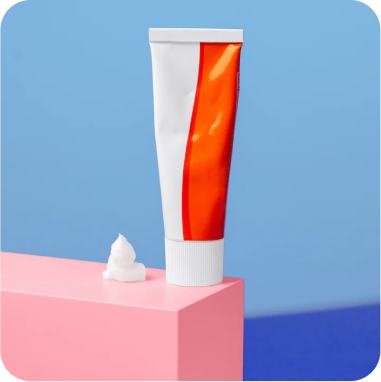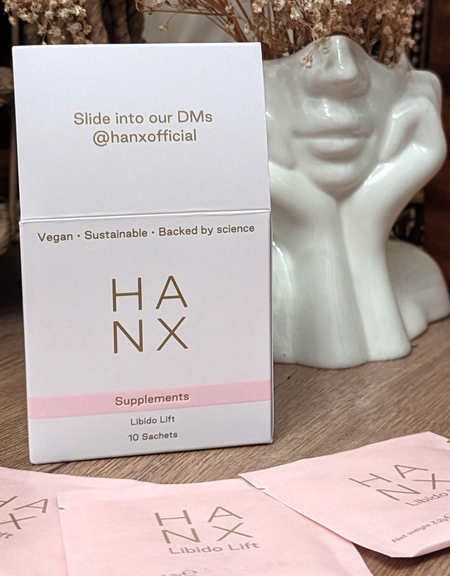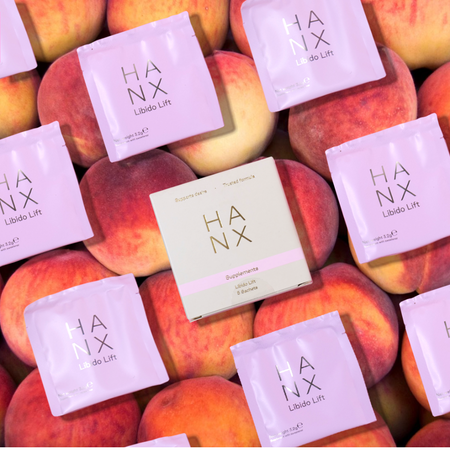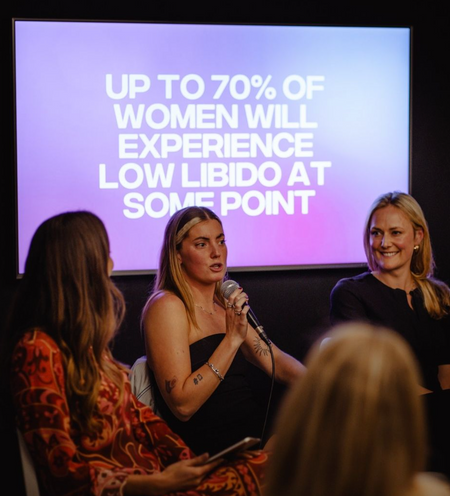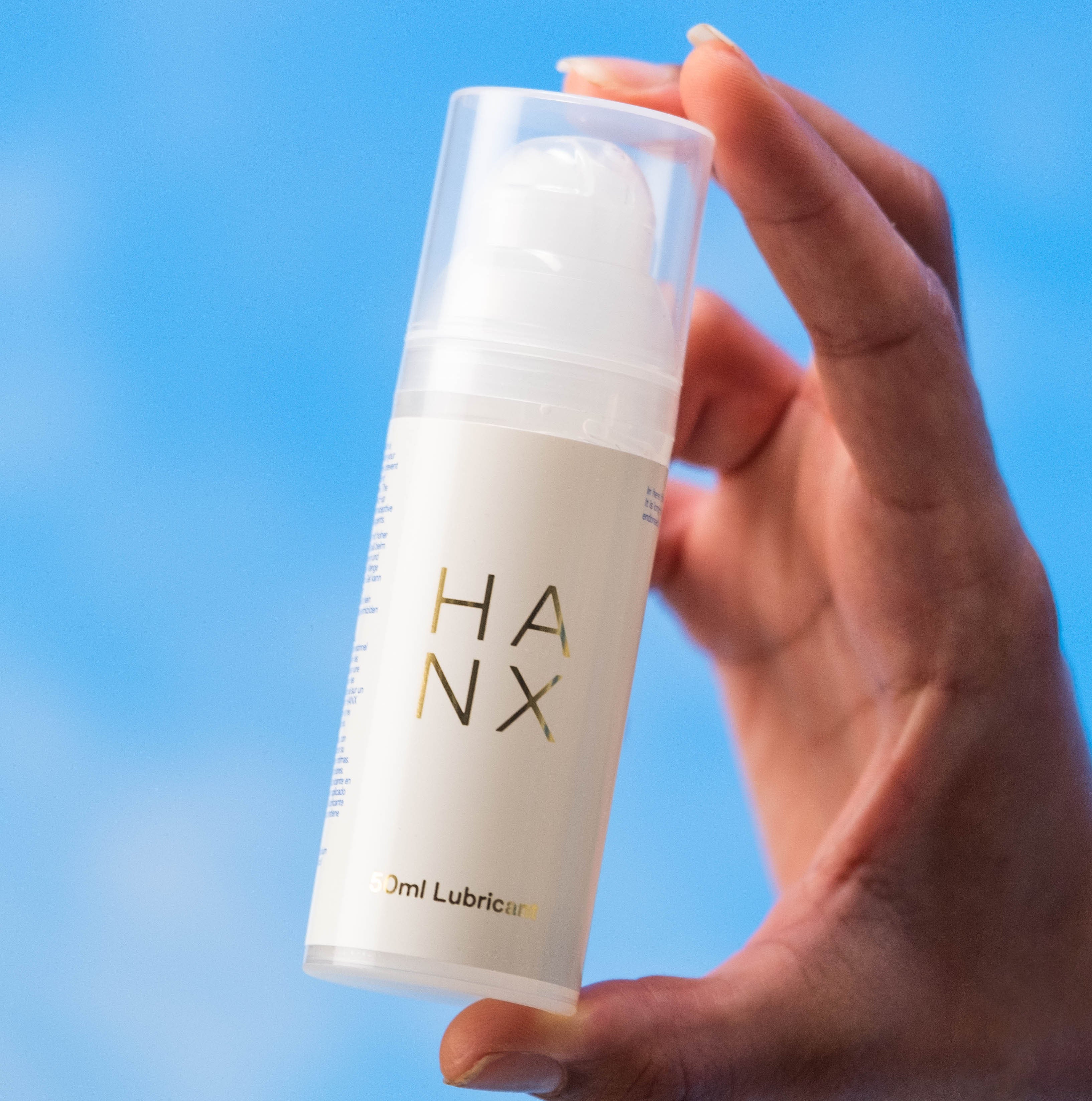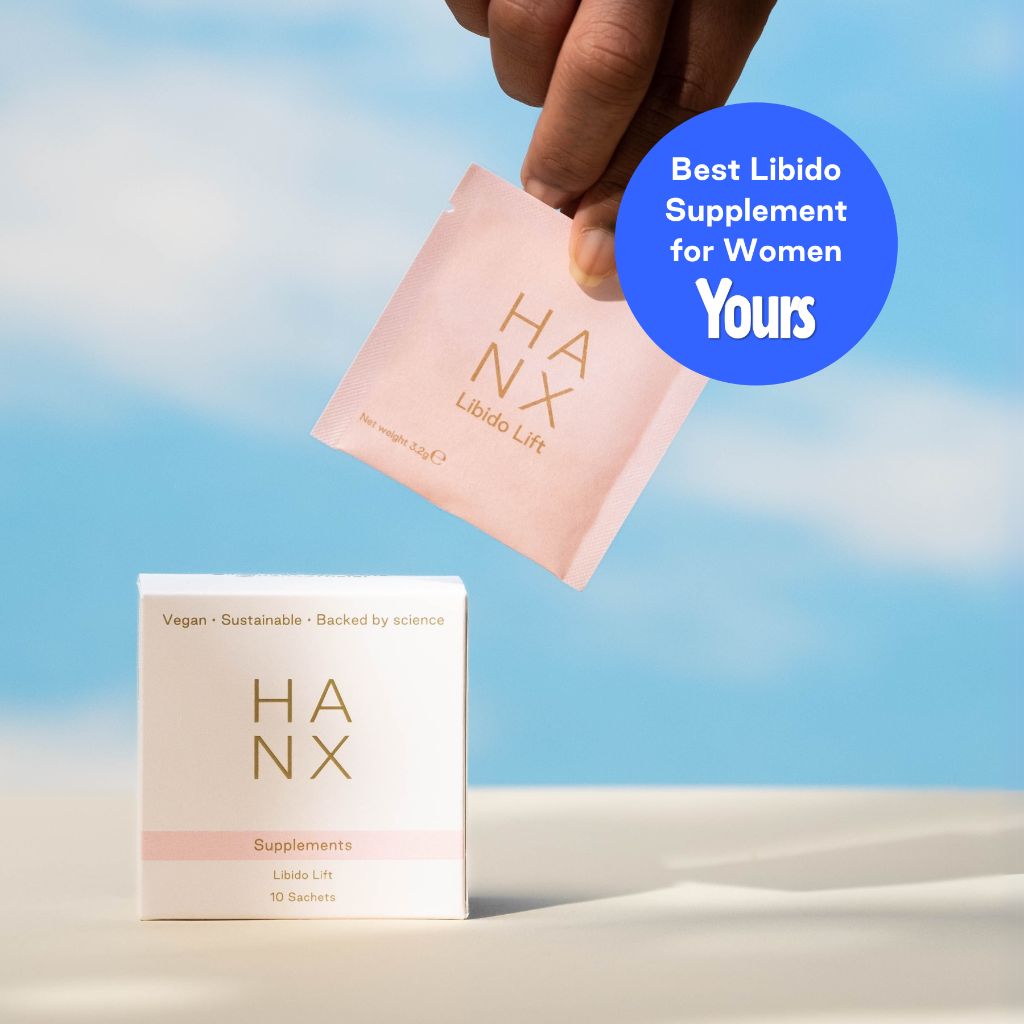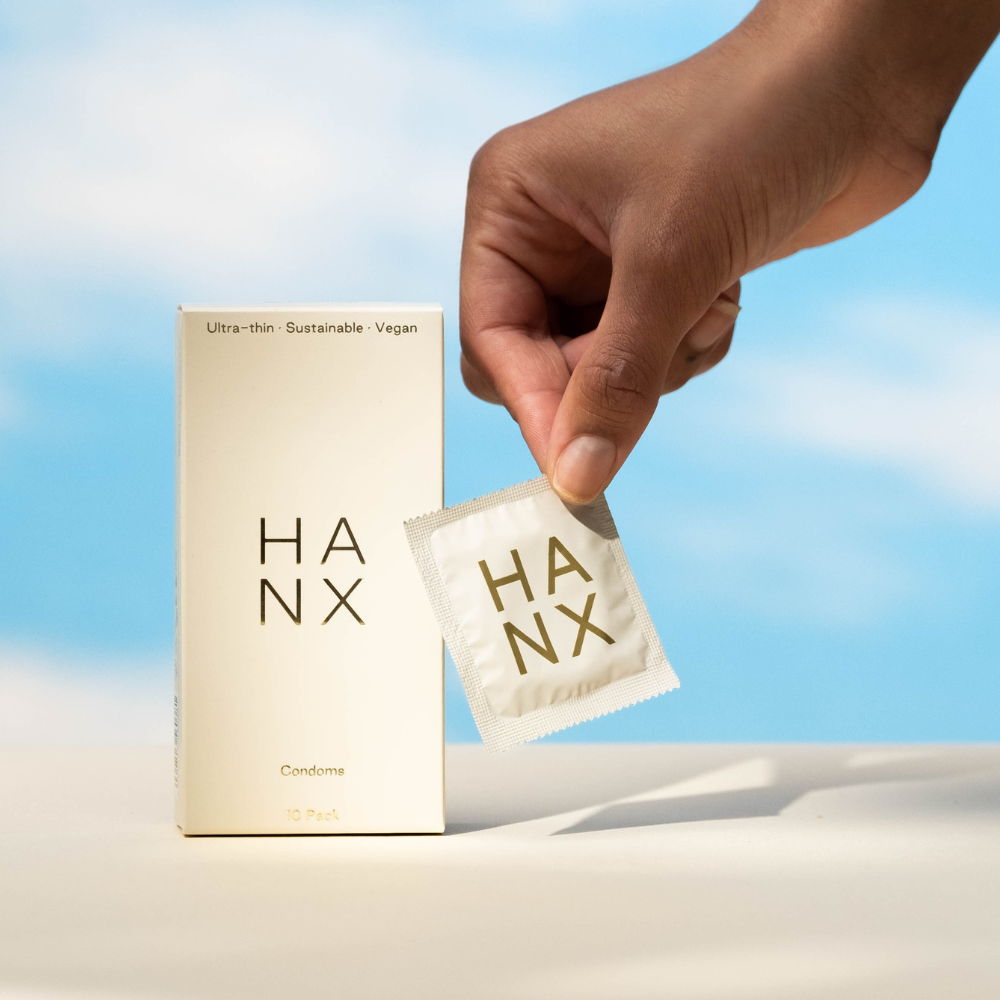How To Beat the Orgasm Gap
God bless, Meg Ryan. Her silver screen portrayal of a fake orgasm is cinematic legend - but there's more truth to faking it than you might think. Yes, this Global Orgasm Day, we're diving into the realities of the orgasm gap.
Wondering what on earth the “orgasm gap” actually is? We're talking about the disparity between men and women experiencing orgasms and like the classic London tube platform announcement, you better mind it.
Male orgasms are typically presented in pop culture and casual conversation as rather straightforward: wham, bam, thank you ma'am. In contrast, the female orgasm is often presented as a complex, elusive and downright mysterious phenomenon.
So why does it matter whether we're climaxing? Often overlooked when dealing with health professionals, orgasms are a really important part of our more general physical and mental wellbeing. Not only does cumming release hormones that promote affection and act as a natural anti-depressant, it increases blood flow to the skin, strengthens the immune system are good for our cardiovascular health.
The gap has come about as a result of sociocultural and evolutionary factors - so how can we tackle have more orgasms in our own partnered sex lives?
1. Don’t fake it. 💦
We've all done it. Well, most of us. In fact, according to one study, 80% of us have faked an orgasm at least 50% of the time during vaginal intercourse. There are lots of reasons why we might resort to method acting as hard Meryl Streep between the sheets:
- Embarrassment that we can't reach the big 'O'
- Worry that they might think that our lack of orgasm is a negative review of their performance
- Speeding things up - sometimes going for hours isn't exactly the one when you've got a pitch the next day at 9am and a new episode of Love is Blind to sneak in before
Be sure to communicate with your partner/s. Unless they're a rare sexual psychic, it's highly likely they're unable to read your mind - and we can’t expect the people we're having sex with to know what gets us of if we're not being honest about exactly that. Faking orgasms reinforces misconceptions about our sexual needs and desires and ultimately prolongs that orgasm gap. Having a conversation before you get down to it is sometimes easier, as it's a less pressured situation. Ask your partner what really takes them to the brink, and share what sparks your own oh-my-god moments.
2. Talk about pleasure loudly and proudly. 💦
There's still a huge amount of stigma around the female orgasm. Candid, open and honest conversation around pleasure with partners and friends can help tackle some of the reserve, awkwardness or shame we carry with us. Many of us had less than ideal sex education at school, where the female orgasm wasn't centred or even mentioned. That left us at the mercy of OTT and misleading depictions in pornography and pop culture as a key point of reference, which can lead to a sense of inadequacy. (Side note for pornographers: most people with a vagina don't screech like a banshee and quiver into an orgasm at the mere thrust of a penis/toy).
Stigma can also lead to confusion about our own bodies. A survey by The Eve Appeal found that women are more acquainted with the male anatomy than their own. Their research found that a mere 35% of women were able to correctly identify the female anatomy, versus 60% who could correctly label a diagram of the male body. This ignorance about our bodies is leaving us shortchanged when it comes to cumming.
3. Rutting > ruts. 💦
It's easy to get into a sexual routine. The same positions, settings can mean a once-thrilling Thursday night shag-a-thon can end up as just another task on the to-do list. Stuck in a sexual rut mentally and physically? Change things up a little.
- Start with focusing on masturbation - solo sex is for everyone, whether you're in a relationship, dating or single and not looking. Book time in for self pleasure and focus on the senses. What kind of touch makes you feel good? Try KAMA as a source of inspiration...
- If you're in a relationship, embrace spontaneity. Traditionally, sex is considered finished when a partner with a penis climaxes. If that's not you, ask them to hold off (also known as edging). It requires patience and control, but can result in mind blowing mutual orgasms.
- Try toys. We recommend independent, women-owened sex toy boutique Self & More for an excellent range of internal and external vibes for partnered or solo sex.
- Consider introducing lube to the equation. Sometimes a little extra slipperiness where you need it can make all the difference - and our own water-based formula is safe to use with condoms and toys.
4. Remember to breathe. 💦
Often we're not fully relaxed when we're getting down to it, and without realising it, are actually holding our breath. This means oxygen and blood aren't flowing like they need to for a positive orgasmic experience.
5. Don’t fake it. 💦
If you regularly find yourself struggling to relax during sex, it may be worth exploring mindfulness. Desire is just as much a psychological as a physical thing. In fact, it actually begins in your brain before shimmying on down to your bits and bobs. The principle of mindfulness is being present: greater awareness and full immersion in the present moment. Instead of focusing on your sexual performance or the orgasm as an 'end goal', direct your attention to the sensations both inside and outside your body:
- How does your partner’s body feel against yours?
- Can you feel their hot breath on your skin?
- Focus on touch, your fingertips on their skin and vice versa.
Alongside this, using an mindful sex audio guide such as Ferly can be very helpful. Their platform is designed to help women and people with vulvas tackle everything from low desire for sex to ditching shame.
Want more?
- Join the conversation over at HANX Life, our free digital safe space.
- The magic 'o' proving elusive? Find out what's impacting women's libido the most here.
- Treat yourself to our natural, gynae-designed sexual wellness essentials.






